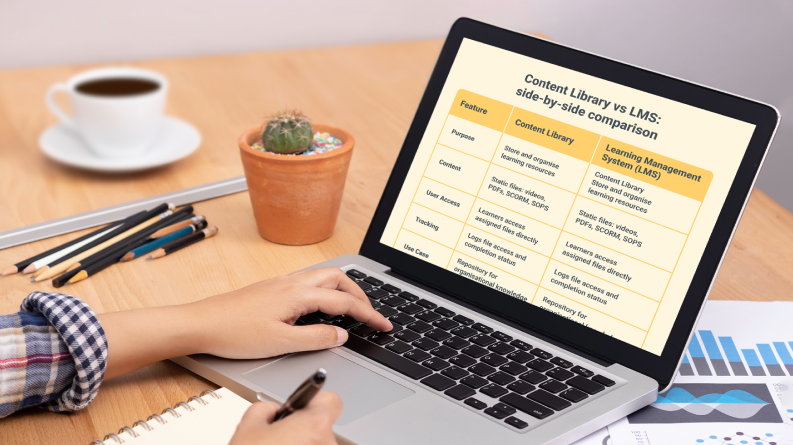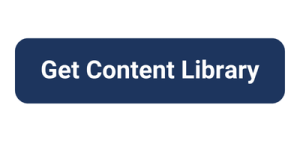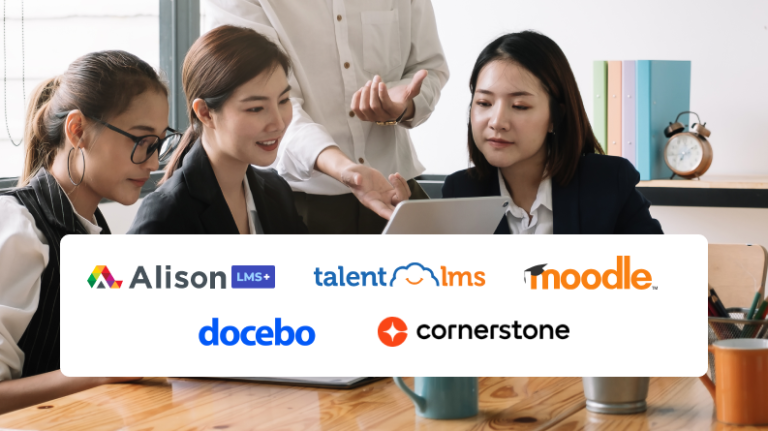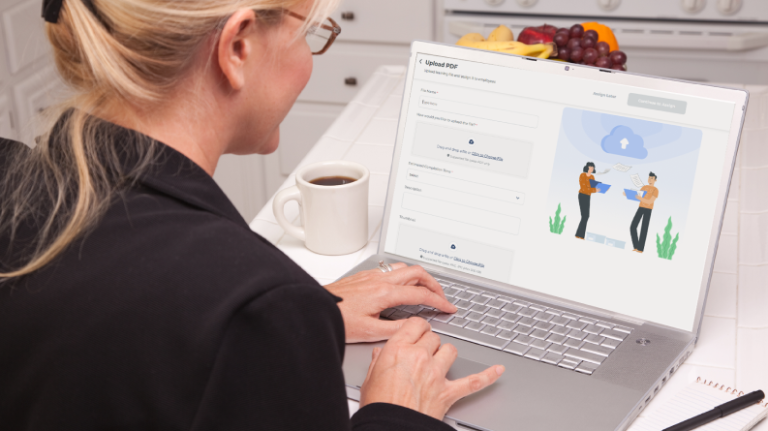Digital learning platforms have become essential for organisations, yet terms like Content Library and Learning Management System (LMS) are often used interchangeably. While they share similarities, they serve distinct but complementary purposes. Understanding the difference is crucial for L&D and HR professionals, educators, and decision-makers who want to maximise learning outcomes, improve employee retention, and streamline operations.
A Content Library is a centralised repository designed for storing, organising, and sharing digital learning and organisational materials. An LMS, on the other hand, is the system that delivers, manages, and tracks those learning experiences. Together, they form the backbone of modern learning ecosystems, but knowing when to rely on each and how to combine them can make or break an organisation’s training strategy.
Core Features of a Content Library
- Dedicated storage: Diverse formats: videos, presentations, PDFs, etc.
- Permissions and assignments: Admins assign content to learners or groups
- Bulk actions: Enables administrators to upload, assign, move, or delete multiple assets
- Tracking: Logs who accessed which files and when
- Knowledge hub: Searchable, structured, and up-to-date
- Built into LMS+: Smoother workflow, eliminating manual work
Example: In Alison’s LMS+, the Content Library provides up to 5GB of storage, enabling L&D teams to upload onboarding videos, policies, or SOPs and assign them directly to learners.
What is an LMS?
A Learning Management System (LMS) is the broader platform that delivers, manages, and tracks learning experiences across an organisation. It’s not just about storage; it’s about orchestrating the entire learning lifecycle.
Core Features of an LMS:
- Course creation and delivery
- Learning pathways with structured progression
- Assessments and certifications with automated grading
- Analytics and reporting for learner engagement and outcomes
- Personalised learning recommendations
Example: An LMS enables L&D teams to build a mandatory training course with assessments at the end, assign it to 500 employees, and generate a completion report for auditors.
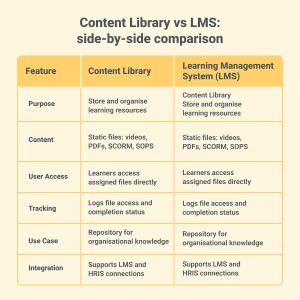
Content Library vs LMS: Examples in Practice
Example 1: Onboarding a New Hire
- Content Library use: HR uploads onboarding documents, employee handbook, IT setup guide, and welcome videos. The new hire is assigned these materials directly through the library.
- LMS use: The LMS delivers a structured “New Hire Pathway” including eLearning modules, quizzes, and milestone tracking for the first 30 days.
Example 2: Compliance Training
- Content Library use: Updated safety procedures are uploaded, tagged, and assigned to frontline staff for acknowledgement. Tracking confirms who accessed the document.
- LMS use: Staff complete a compliance course with interactive modules and an assessment. The LMS tracks pass/fail rates and issues a certification.
Example 3: Continuous Learning
- Content Library use: Educators upload case studies, quick-reference PDFs, or recorded lectures that learners can access anytime.
- LMS use: Learners enrol in a structured career development course that builds towards a recognised qualification.
When to Use a Content Library vs an LMS
When a Content Library is Best:
- Storing reference materials (policies, guides, templates)
- Assigning standalone resources to learners or teams
- Providing on-demand access to organisational knowledge
- Supporting compliance evidence by tracking file access
When an LMS is Best:
- Delivering structured courses with learning paths and assessments
- Tracking complex progressions (skills journeys, certifications)
- Standardising onboarding with blended learning content
- Scaling training across large organisations with detailed reporting
When to Use Both Together
The real power emerges when the two systems are integrated:
- A Content Library provides the resources.
- The LMS organises those resources into courses, pathways, and certifications.
Example: Alison’s LMS+ allows administrators to upload files to the Content Library, then assign them within structured LMS courses, creating a seamless learner experience.
Why Organisations Need Both
The World Economic Forum predicts that 44% of workers’ core skills will change by 2027, making reskilling a top priority. To meet this demand:
- The Content Library ensures quick access to up-to-date materials.
- The LMS ensures structured progression and certification of new skills.
Similarly, the ADL Initiative shows how standards like xAPI expand tracking capabilities across both systems, giving organisations granular insight into learning behaviours.
Key Benefits of Integrating Content Library and LMS
- Efficiency: No duplicate uploads, library files feed LMS courses directly.
- Compliance confidence: The Library tracks file access, LMS tracks assessments.
- Flexibility: Learners can access quick references or enrol in structured learning
- Scalability: As training needs grow, both systems scale without losing control.
Why Alison’s LMS+ Stands Out
Unlike many platforms that separate these functions, Alison’s LMS+ integrates both:
- 5 GB Content Library for secure storage and assignment.
- Full LMS functionality for course creation, delivery, and tracking.
- Seamless reporting that combines library access data with LMS progress data.
This ensures that L&D leaders, educators, and corporate trainers can deliver just-in-time knowledge alongside long-term skill development, all from one platform.
To Wrap Up
A Content Library and an LMS are not rivals. They are complementary tools that power modern learning strategies. The Content Library stores and organises knowledge; the LMS transforms that knowledge into
structured learning journeys.
Experience the ease and efficiency of managing your learning resources with our Content Library. See how simple it is to organise, assign, and track your training materials, all from one integrated platform.
To learn more about how our solutions can transform your learning programs and streamline training operations, visit Alison’s LMS+. Discover the full range of features designed with L&D professionals in mind.





